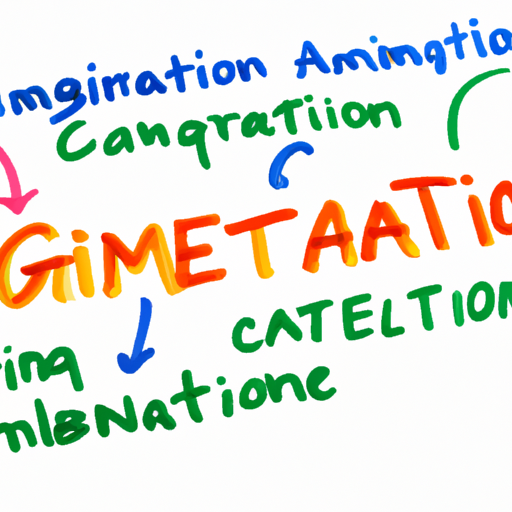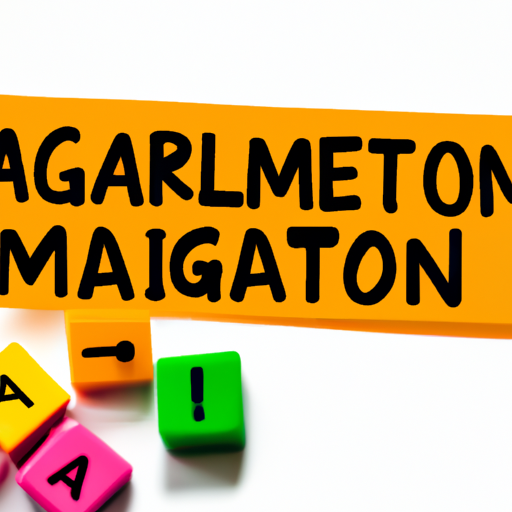In recent years, gamification has emerged as a powerful tool in the world of modern business. By integrating game-like elements into non-game environments, companies are finding innovative ways to engage customers, boost employee motivation, and foster brand loyalty.
What is Gamification?
Gamification refers to the application of game-design elements and principles in non-game contexts. This approach utilizes components such as point scoring, leaderboards, and rewards to create a more interactive and enjoyable experience for users. Businesses across various industries are leveraging gamification to enhance engagement and retention.
Enhancing Customer Engagement
One of the primary benefits of gamification is its ability to keep customers engaged. By rewarding consumers for completing tasks or interacting with a brand, businesses can create a competitive yet fun atmosphere. For instance, companies often host challenges or quizzes where customers can win prizes, hence increasing their interaction with the brand.
Improving Customer Loyalty
Gamification doesn’t just keep customers coming back; it also enhances loyalty. Programs that reward points for purchases, sharing on social media, or referring friends can transform casual shoppers into loyal customers. Brands that successfully implement these strategies often report increased customer retention rates.
Motivating Employees
It’s not just customers who benefit from gamification. Employees are also finding motivation through gamified systems. By introducing leaderboards or reward systems for achieving sales targets, businesses can cultivate a culture of healthy competition and encourage staff to achieve their best performance. Many companies are now using mobile apps that include games to track progress and achievements.
Conclusion
As we move further into the digital age, the rise of gamification in modern business is only expected to grow. By enhancing engagement, improving customer loyalty, and motivating employees, gamification offers significant advantages. Businesses looking to stay competitive in today’s fast-paced market should consider exploring and incorporating gamified elements into their strategies.





